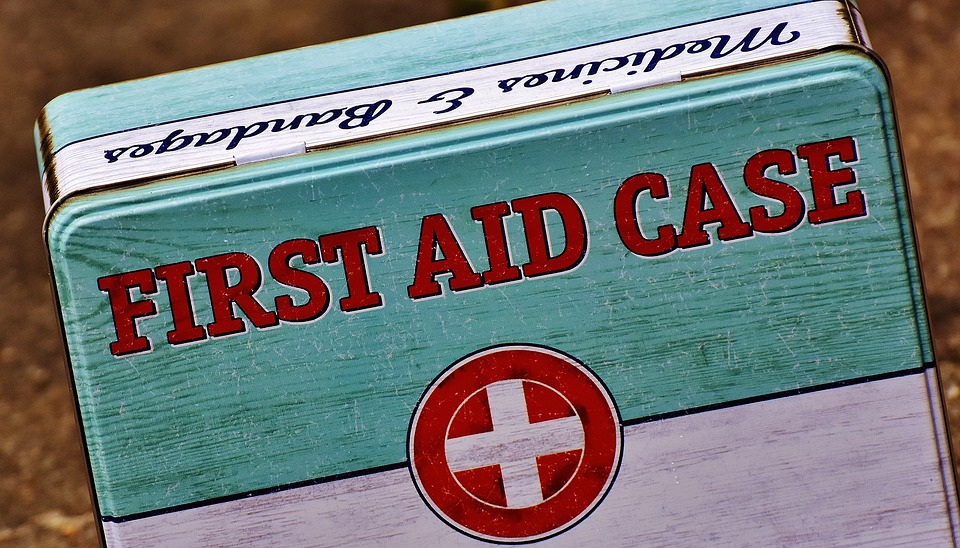Drowning CPR is a life-saving tip that the average person might not be aware of. For many years, drowning has been considered an automatic death sentence. However, studies have shown that some people with survival rates as high as ninety percent or more can still drown. This is because when someone goes underwater for more than five minutes, they will not only suffocate but also drown from fluid in their lungs. Ready Response – CPR & First Aid Training has useful resources and training that could come in handy when administering CPR to a drowning victim.
Vita First Aid is a Victorian government-approved event first aid providers.
Getting Out of the Water
The first step would be to get the drowning victim out of the water. This can be challenging if there is no professional diver or swimmer, depending on the depth of the water. Once the victim has been removed from the water, the next step is to ensure they’re breathing. If there are no signs of breathing, the person should be placed on their back and a firm surface.
Dry Drowning Symptoms
Dry drowning occurs when a person inhales water and foreign particles, such as salt, sand, or bacteria. This can happen without the person ever coming into contact with the water. Dry drowning is more common in children because they are more likely to put small objects like balloons or even their fingers in their mouths. Fatalities from dry drowning are uncommon. Most cases result in minor to serious problems, including vomiting, coughing, and breathing difficulties.
When Performing CPR
You should do anything you can to support and stabilize the victim’s head. When performing CPR, you need to give rescue breaths. Continue chest compressions until these breaths have been given. This can take 30 seconds or more. You may also want to check the victim’s pulse to see if chest compressions alone are enough to keep them alive. If the victim’s pulse is slow or faints, it is recommended that you start rescue breathing.
As the victim begins to breathe again, you should not lift them from the ground. Instead, place them in a laying down position and support their neck with one hand. This will prevent them from choking on vomit as they regain consciousness. As soon as they have become stable enough, get medical assistance and an ambulance. You can also click the following link to avail of reputable first aid courses melbourne.
Continue Monitoring the Situation
If the victim is awake and alert at this point, then it is recommended that you continue to provide support until emergency responders arrive. If they are not breathing or are showing no signs of life, however, then it is imperative that you begin CPR immediately. Start by giving 30 chest compressions at a rate of one per second.
Should You Administer CPR?
If you are ever in a situation where someone needs CPR, it is crucial that you immediately begin chest compressions. Chest compressions should be done at the rate of 100-120 per minute. At this rate, the blood will circulate more quickly and will significantly improve their chances of survival.
It is never a good idea to rely solely on 911 to get someone’s life-saving help. Call operators can provide helpful instructions on how to do CPR, but there is no definitive list of instructions for performing it correctly. So, if you are ever in a situation where someone needs CPR, then it is crucial that you immediately begin chest compressions. Do not hesitate; do not waste precious time thinking about what you should and shouldn’t do.
Why CPR Classes are Important
CPR classes are a great way to stay safe in the event of a medical emergency. However, many people fear that it would make them feel out of control and inept. The reality is that learning CPR can be surprisingly simple and easy. It’s important to know what you’re doing to know how to react in an emergency when seconds matter.
Child Drowning
A child drowns every two hours in the U.S., and approximately one in five are revived. Drowning kills more children than any other cause of unintentional injury-related death. According to new data released by the Centers for Disease Control and Prevention on Friday, it is the second leading cause of accidental death for children ages 1-4 years old.
To help prevent this, make sure everyone in your home is aware of how to respond to a child who goes underwater unintentionally. Keep a first aid kit on hand, with instructions on how to treat children who accidentally get into the water and any toys that could be used as floats.

